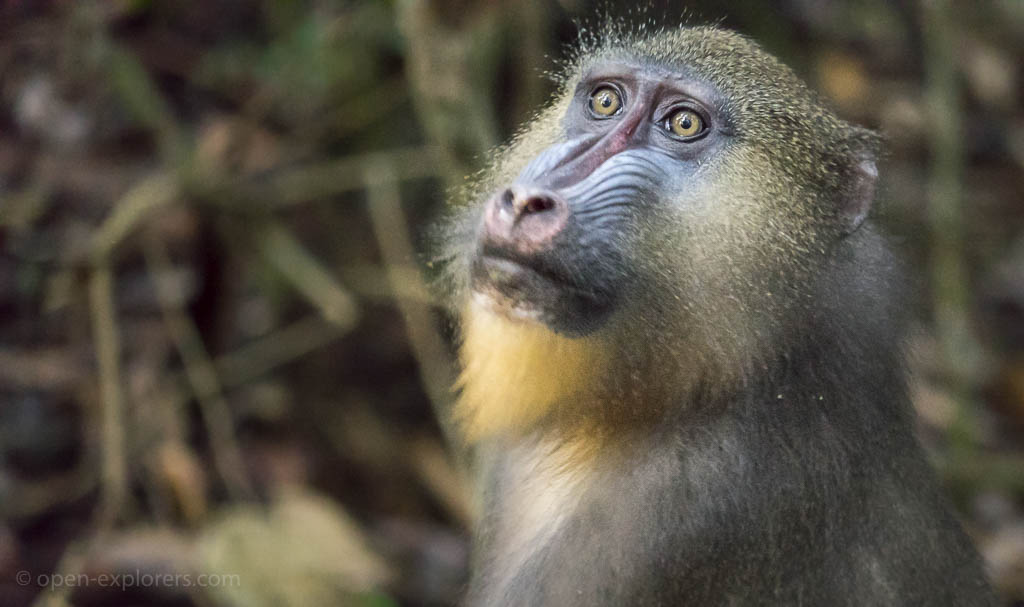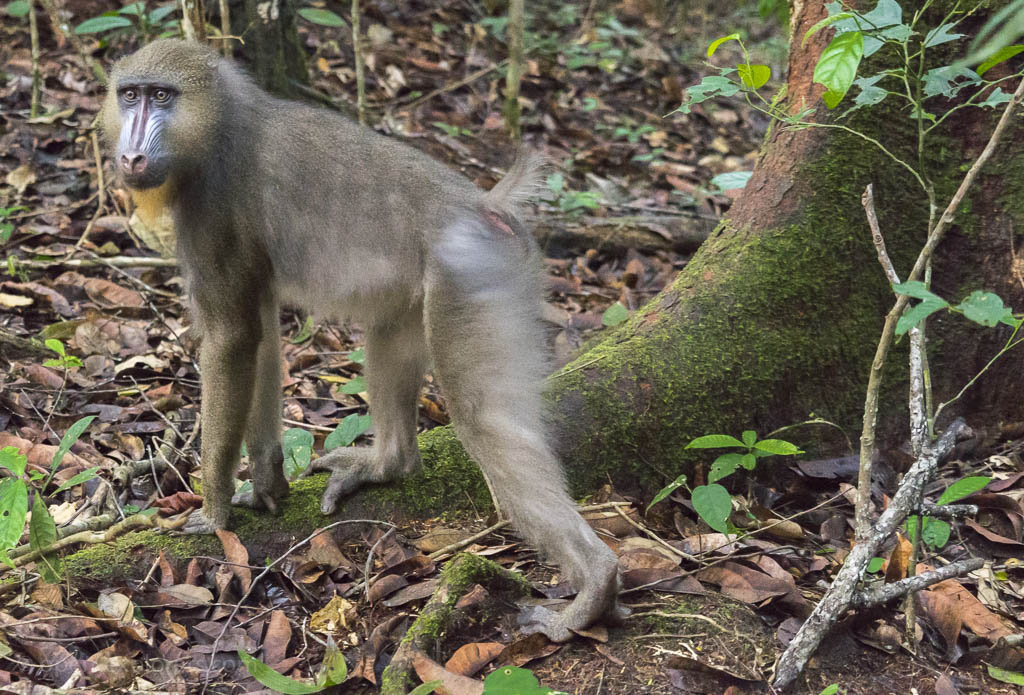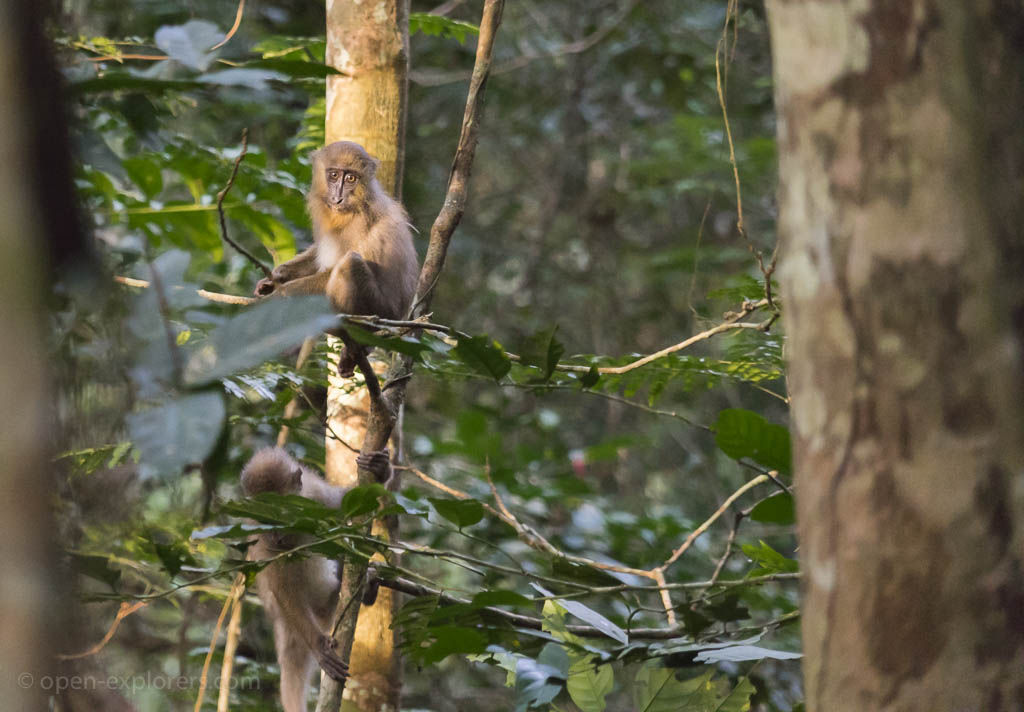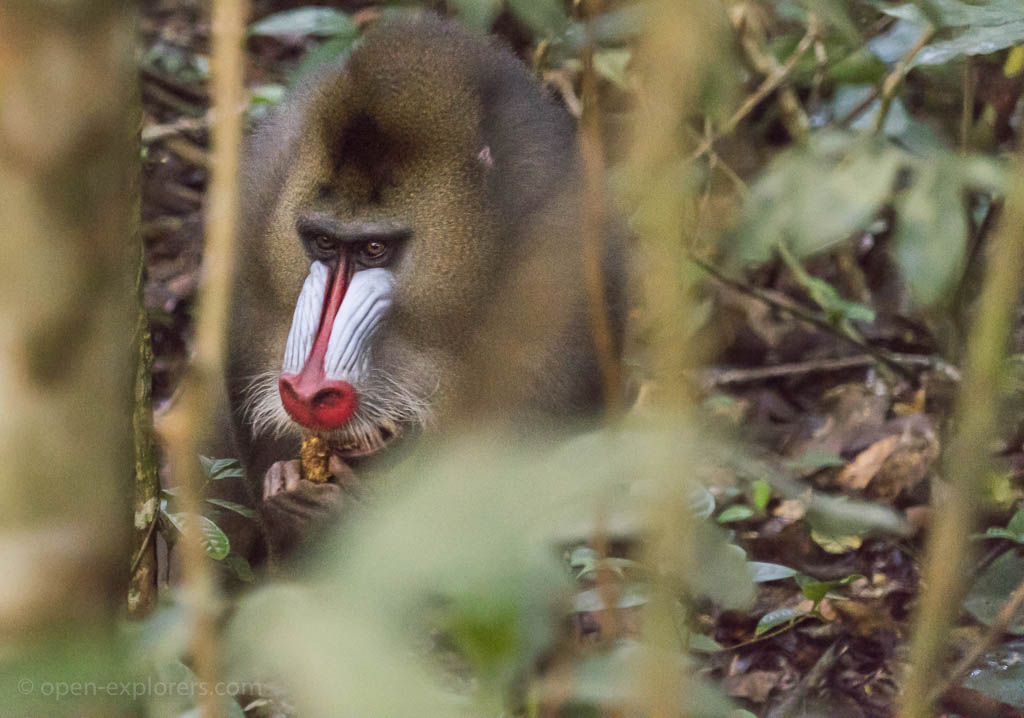Day 963-965 - Finally gorillas!
Since I really, really, really wanted to see some gorillas in their natural habitat once in my life, Jean-Louis recommended to head back towards the congolese border and visit the „Parc de la Lekedi“. It’s not part of the government run national parks but a private initative and probably our best bet to visit the apes without breaking the bank. The park was initially created to exploit the manganese deposits in the region. Later on, in the 1990s it was re-dedicated towards the protection of gorillas, chimpanzees and mandrills. The extraction of raw materials was discontinued and substituted by pisciculture as a source for revenue. There are two lakes within the parks boundaries where a large part of the countries fish is produced.
Even though the animals reside within confined and protected areas, are looked after by veterinaries and receive additional alimentation, this place is in no way like a zoo. The orphaned and/or rescued creatures live in their natural habitat and where necesary they are being rehabilitated. The individuals are being integrated into new family bonds and eventually prepared for their return into the wild. The main aim of the programme is the protection of endangered species, tourism is notably more of a side business. Visitors numbers are comparatively small and you won’t find the typical well-organised safari on offer. Rather a somewhat improvised and flexible tour at a more than reasonable price. So exactly the kind of thing we’re after.
Joey
Tag 963-965 - Endlich Gorillas!
Da ich ja ganz unbedingt mal Gorillas in freier Wildbahn sehen wollte riet uns Jean-Louis noch einmal Richtung kongolesische Grenze zu fahren und den „Parc de la Lekedi“ aufzusuchen. Der gehört nicht zu den staatlichen National Parks, sondern ist eine private Initiative und sei unsere beste Chance mit geringem finanziellen Aufwand die Menschenaffen zu besuchen. Ursprünglich angelegt zur Förderung des in der Region vorkommenden Mangans, wurde er in den 1990er Jahren zu einem Schutzgebiet für Gorillas, Chimpanzen und Mandrills umgewidmet. Die Rohstoffförderung wurde eingestellt und zwei innerhalb der Parkgrenzen gelegene Seen werden seit dem zur kommerziellen Fischzucht genutzt (größter Produzent des Landes).
Trotzdem die Tiere hier in abgegrenzten und gesicherten Arealen leben, von Tierärzten betreut und auch zugefüttert werden, handelt es sich keineswegs um einen Zoo. Die verwaisten und/oder geretteten Tiere leben in ihrem natürlichen Habitat, die einzelnen Individuen werden in neuen Familien-Verbänden zusammengeführt, wo nötig rehabilitiert und auf die Auswilderung vorbereitet. Bei dem Unterfangen geht es vorrangig um den Schutz vom Aussterben bedrohter Tierarten und nicht so sehr um Tourismus. Die Besucherzahlen sind verhältismäßig gering und im Angebot sind keine durchorganisierten Safaris im klassischen Sinne sondern eher ein bisschen improvisierte und flexible Touren, dafür aber für einen sehr fairen Preis. Also genau das Richtige für uns.
Joey
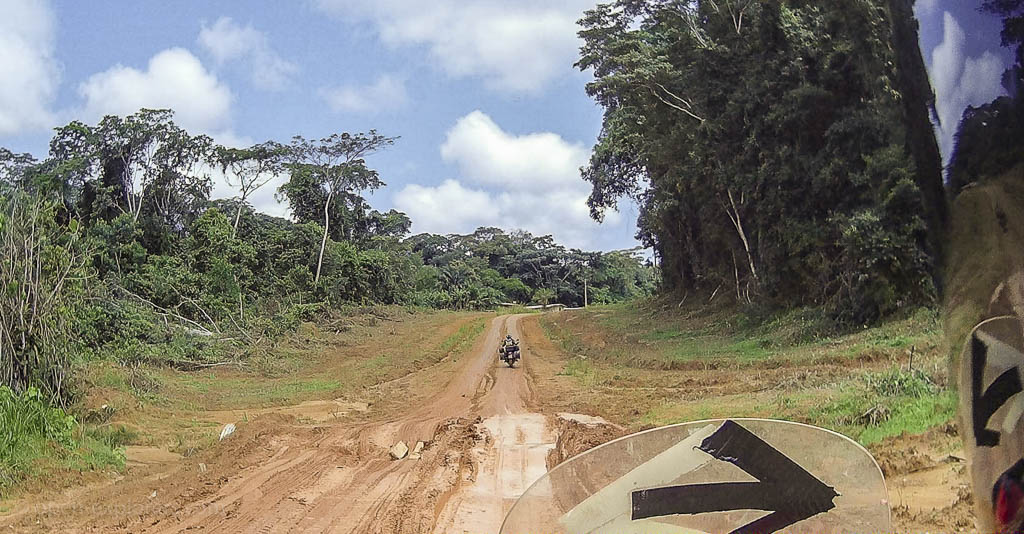
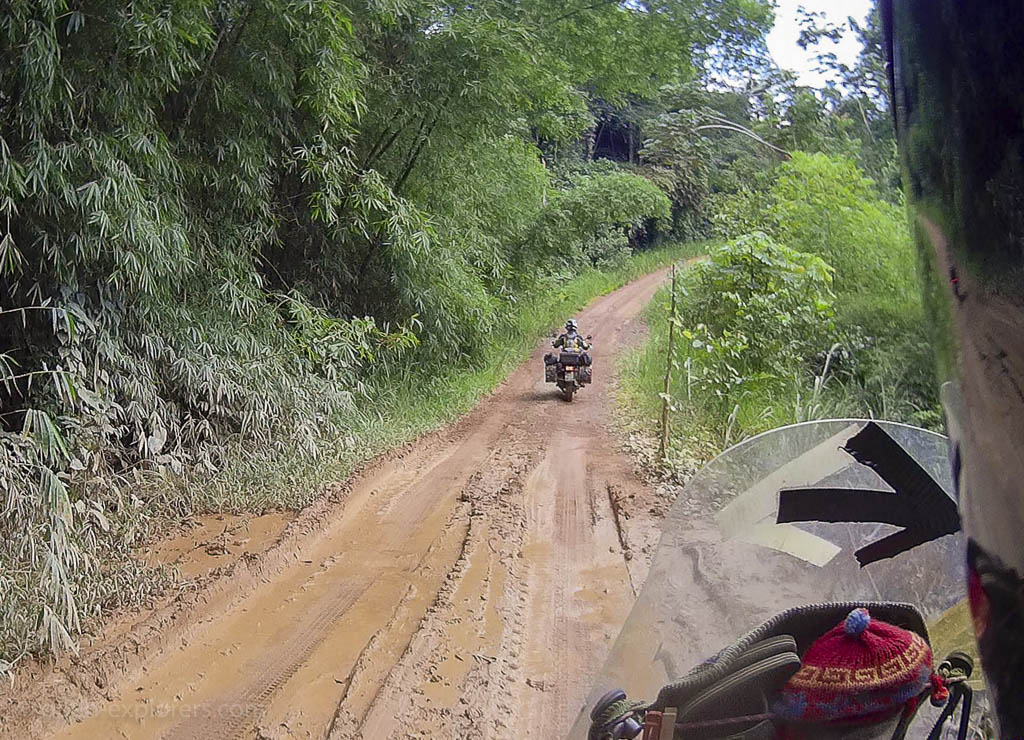
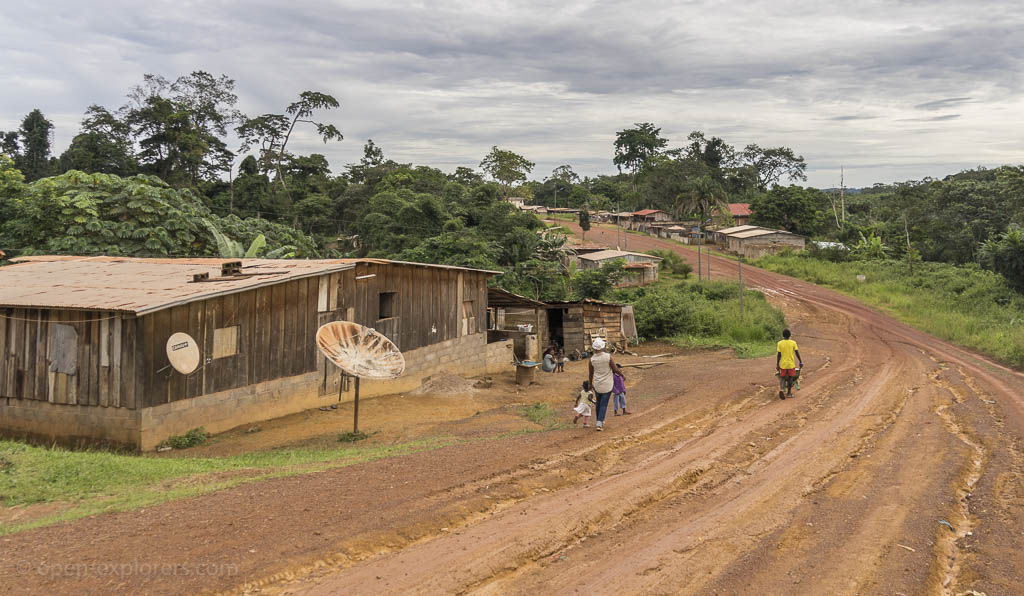
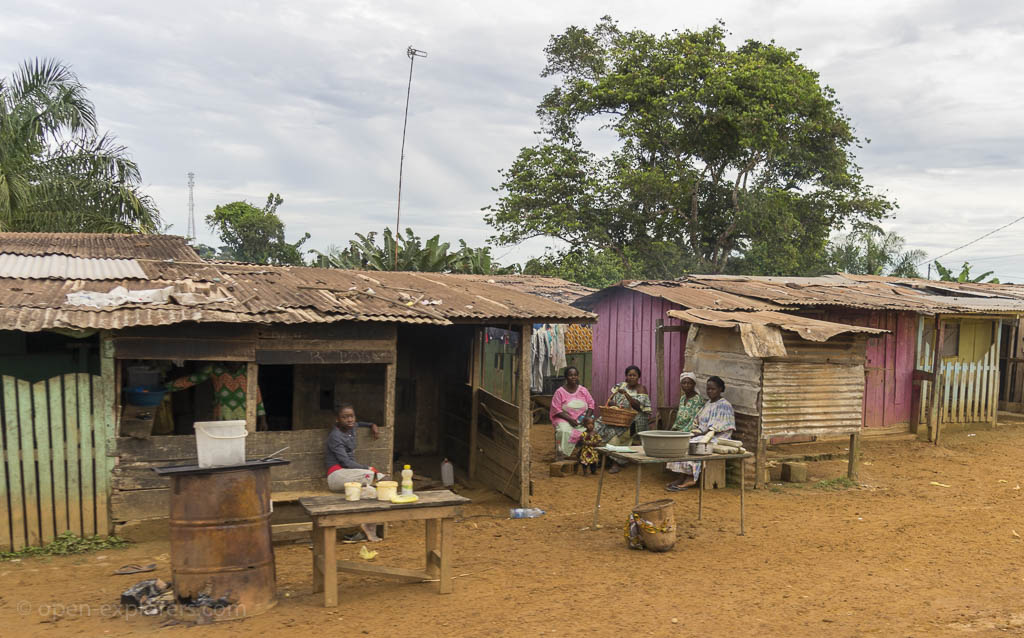
Bakoumba village is the closest settlement to the park and that's also where the park administration and the hotel is located. The tours into the park start here and are carried out in the company-owned 4x4s. No private vehicles are allowed in. Considering the state of the roads I'm not too sad about that.
Bakoumba ist das dem Park am nächsten gelegene Dorf und dort befindet sich auch die Parkverwaltung und das angeschlossene Hotel. Von hier gehen die Touren in den Geländewagen los. Private Fahrzeuge sind im Park nicht erlaubt. Aber in Anbetracht des Straßenzustands bin ich darüber gar nicht traurig.
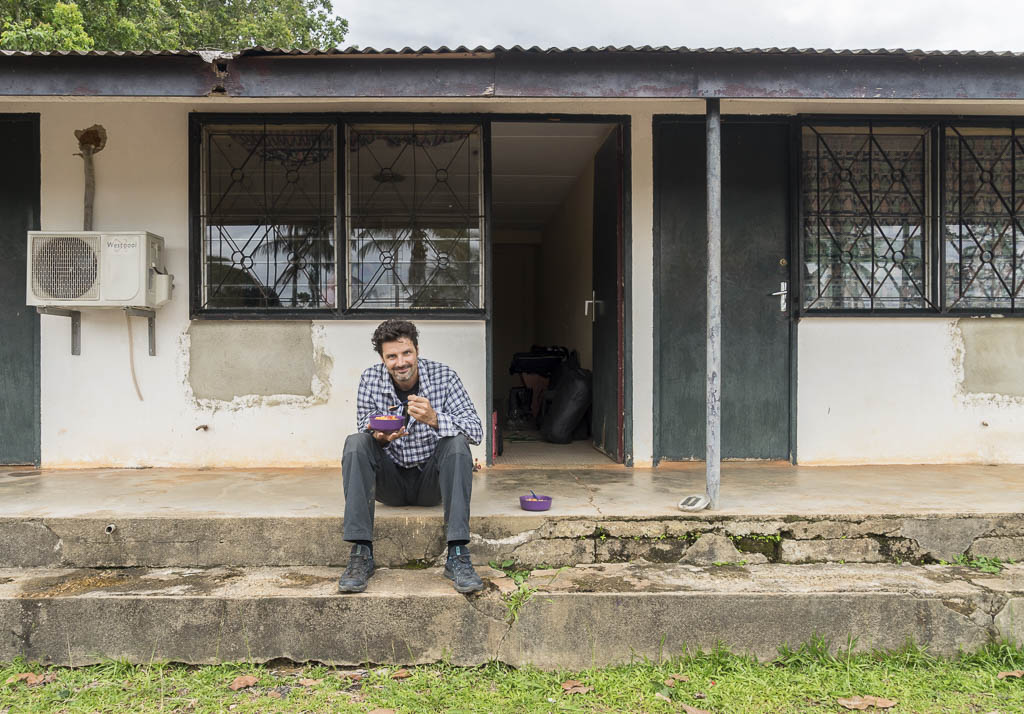
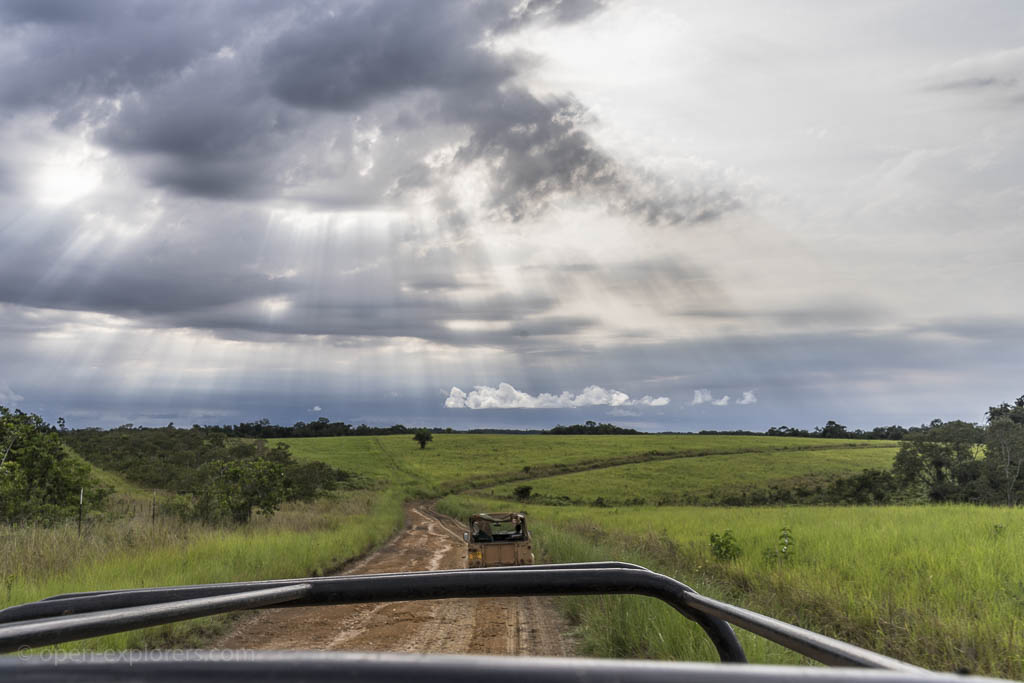
Day 1 - visting the buffalos and chimps
Tag 1 - Besuch bei den Büffeln und den Chimpanzen
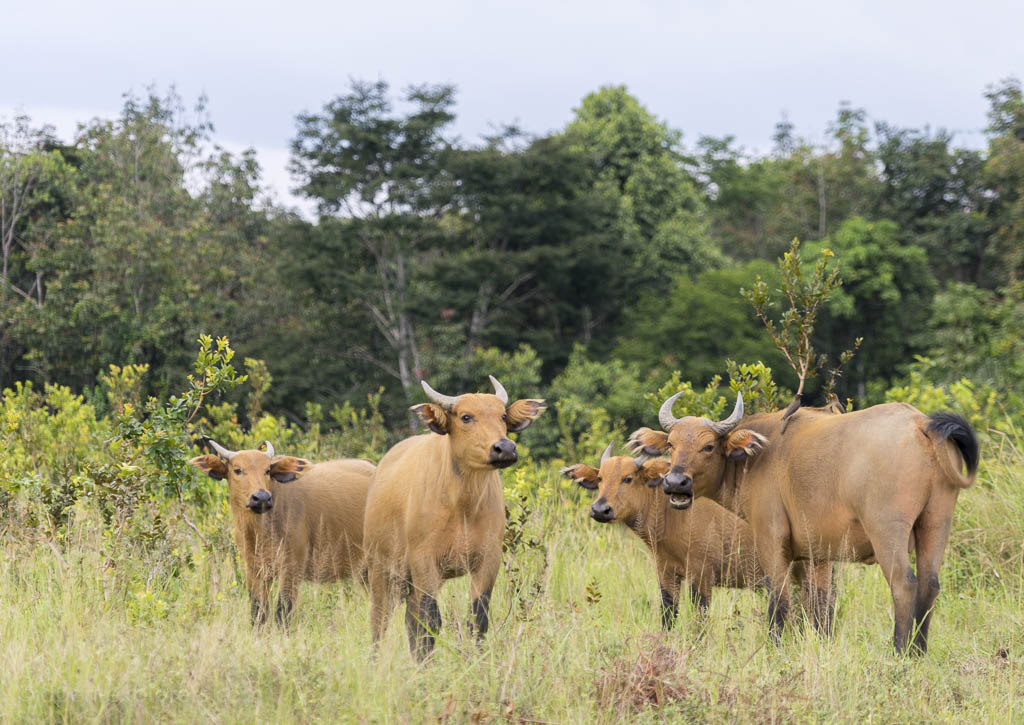
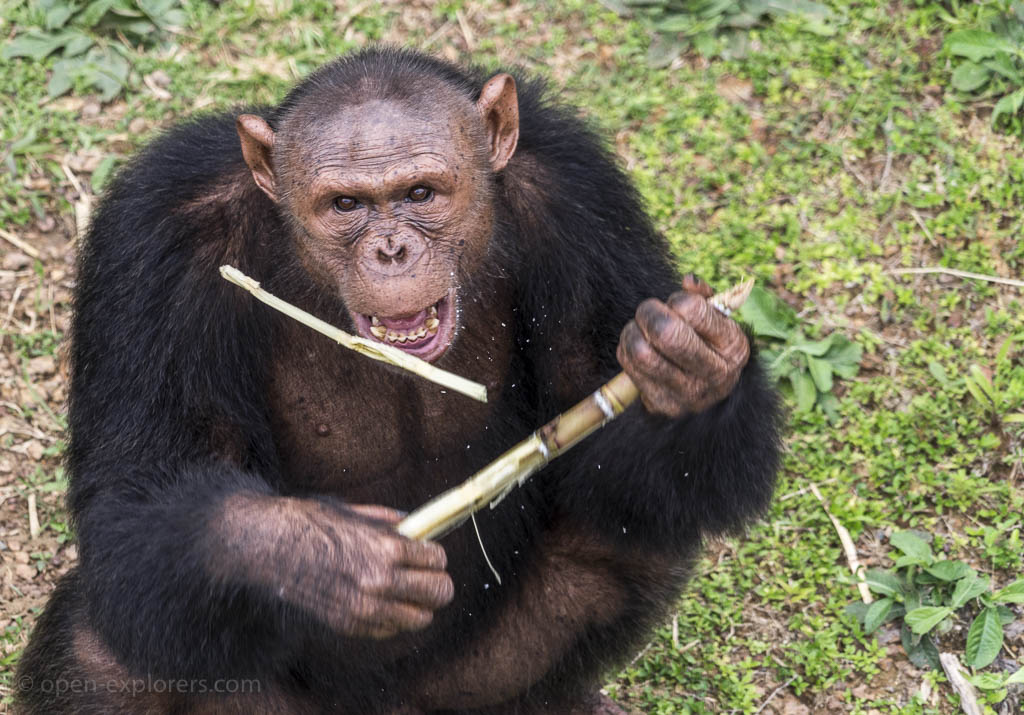
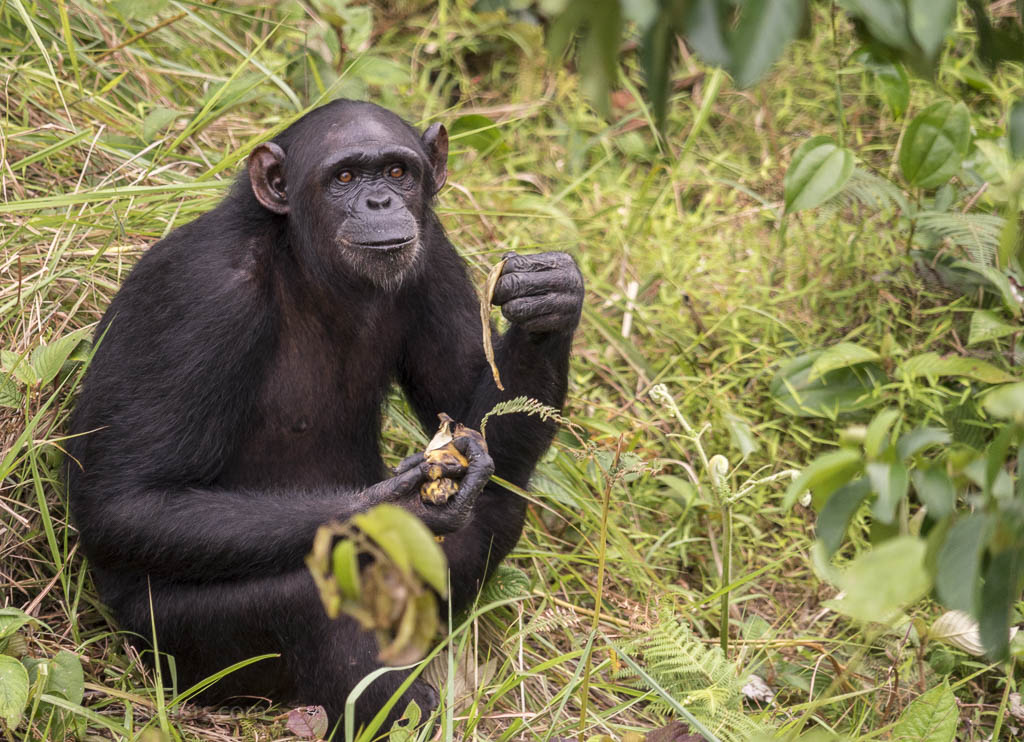
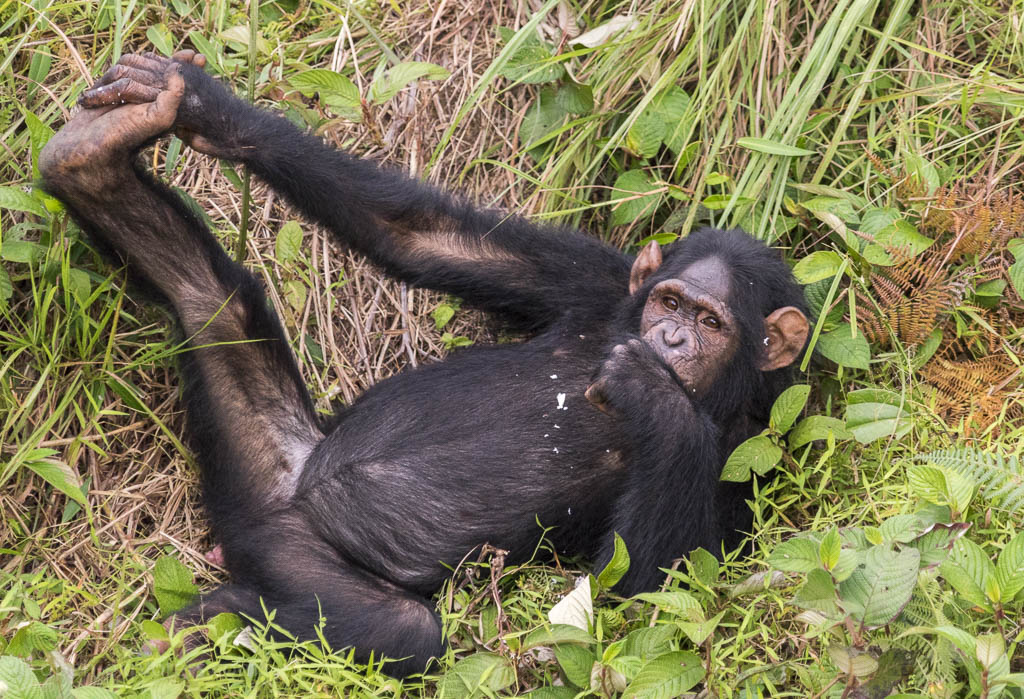
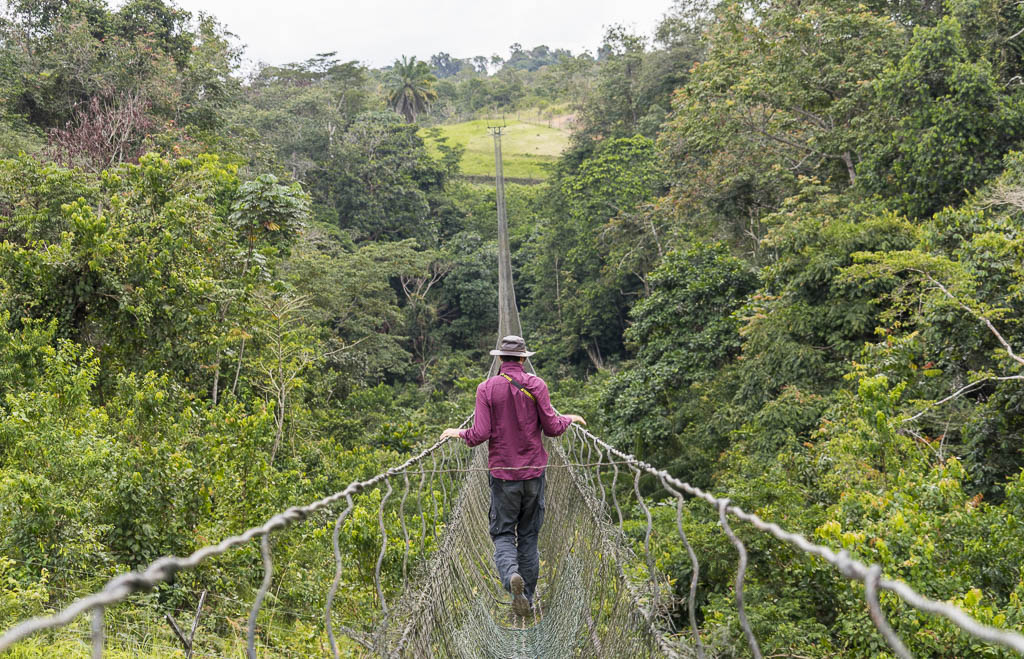
120m long, 30m high up in the air and pretty wobbly in the middle section. I have to admit my knees got a bit shaky but the perspective of the "chimpanzee kingdom" was quite nice. In the end we almost had to run back to the "mainland" because the daily tropical downpour was rolling in faster than we could walk.
120m lang, 30m hoch und ziemlich wackelig im Mittelteil. Ich muß gestehen, daß ich zwischendurch etwas weiche Knie bekommen habe, aber die Perspektive auf's "Königreich der Chimpanzen" war grandios. Am Ende mußten wir zurück zum "Festland" fast rennen, denn der tägliche Tropenschauer rollte schneller heran als wir laufen konnten.
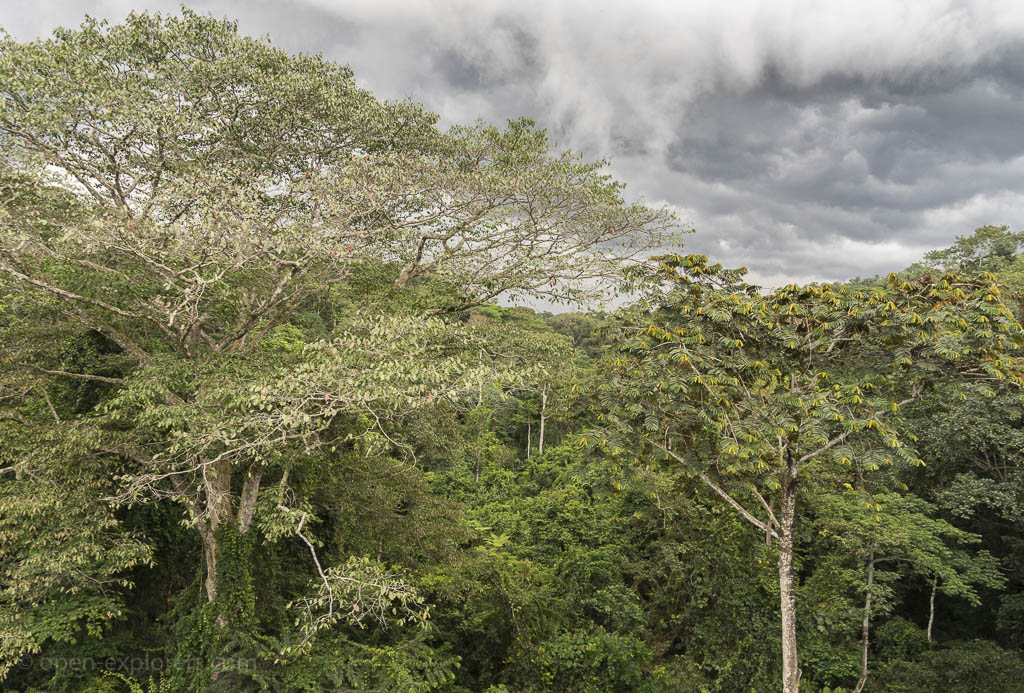
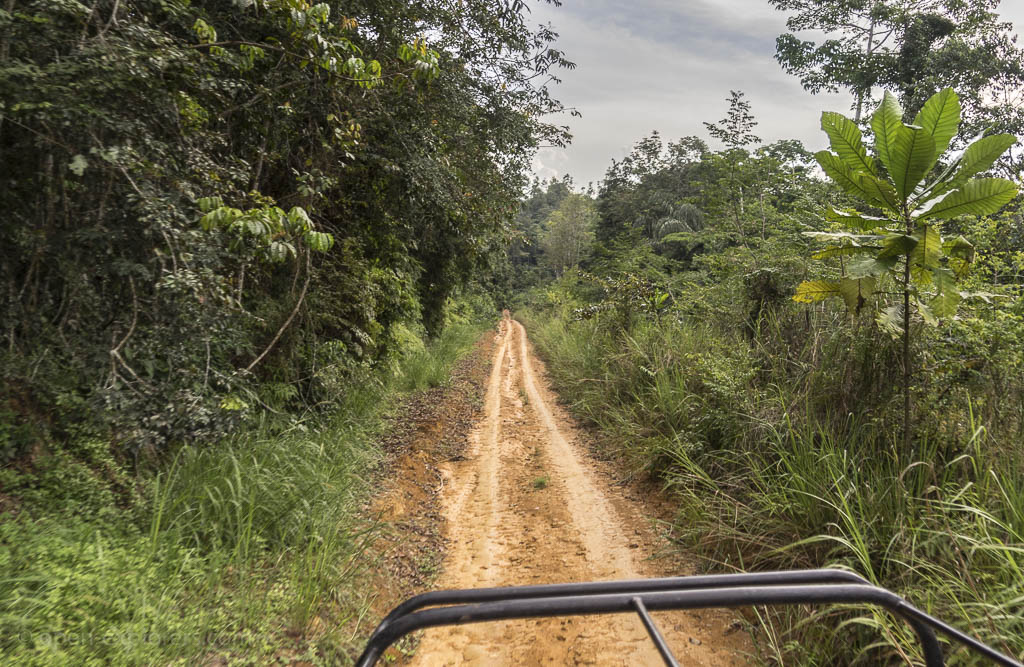
Day 2 - visiting the gorillas by boat
Tag 2 - Bootsfahrt zu den Gorillas
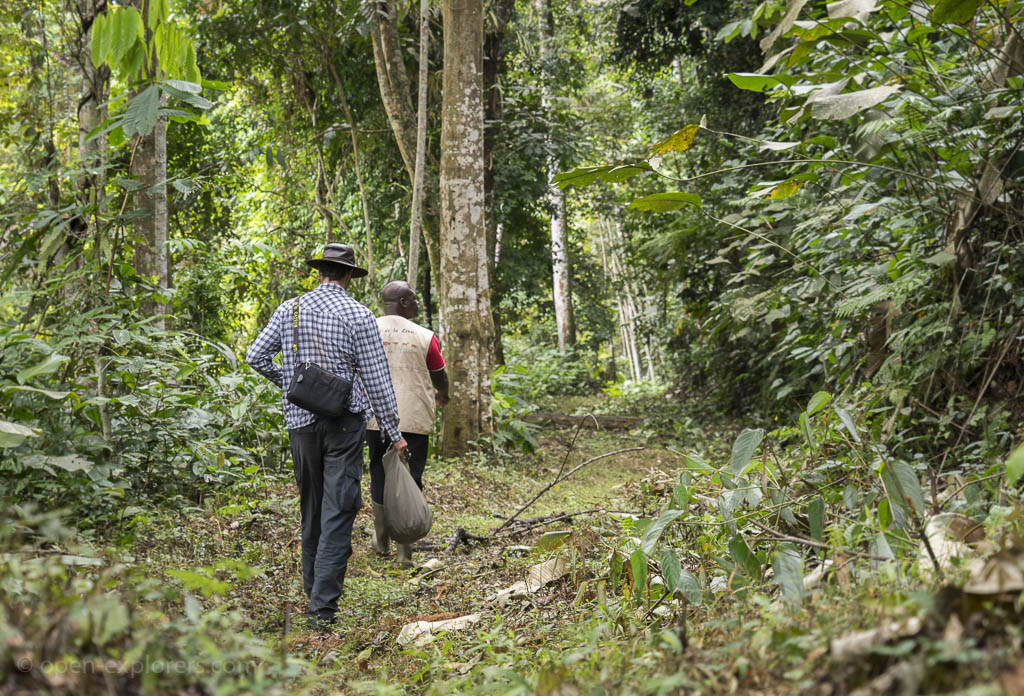
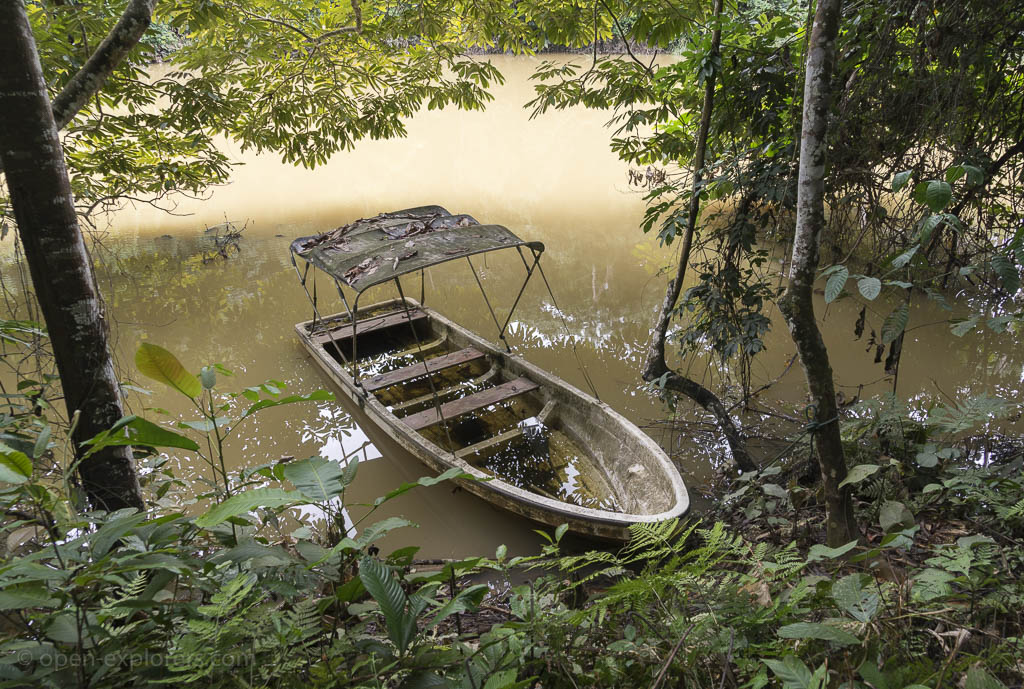
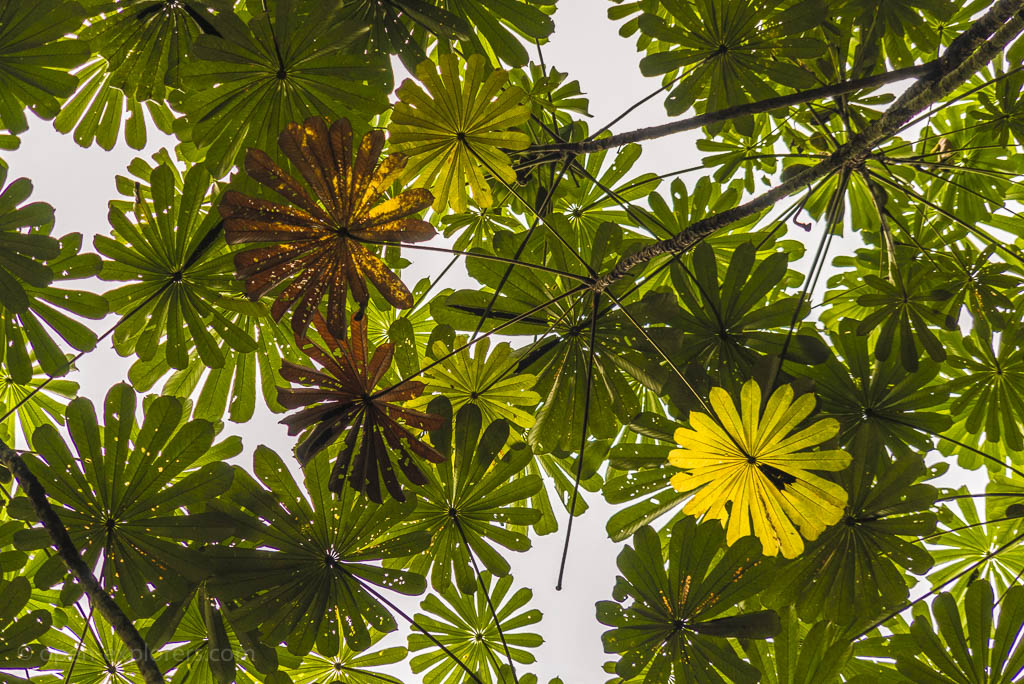
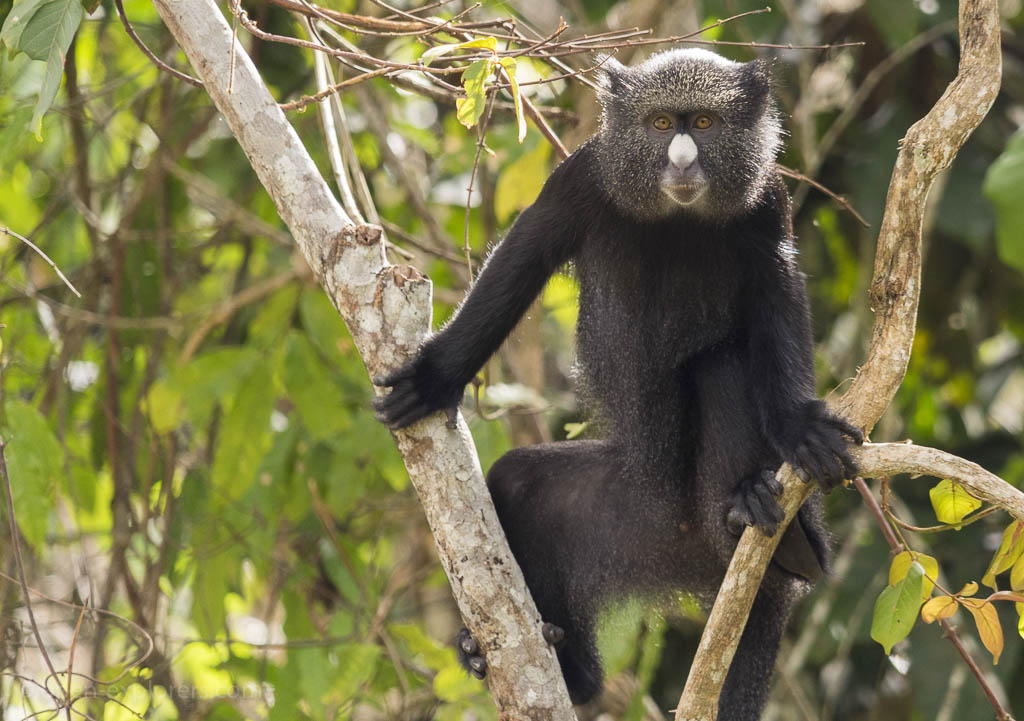
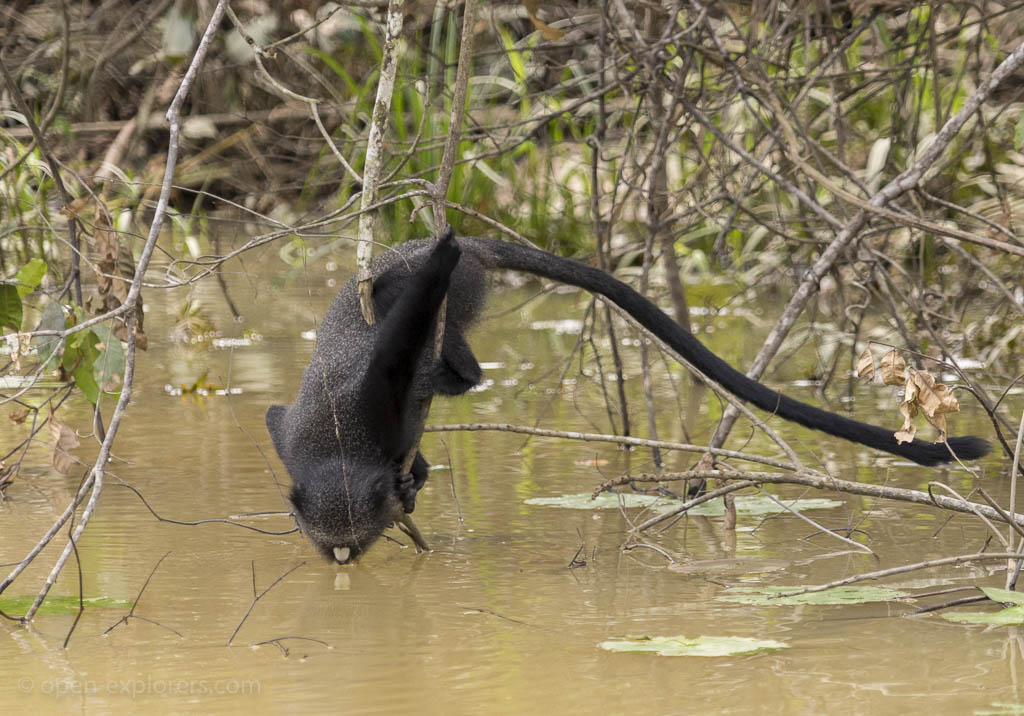
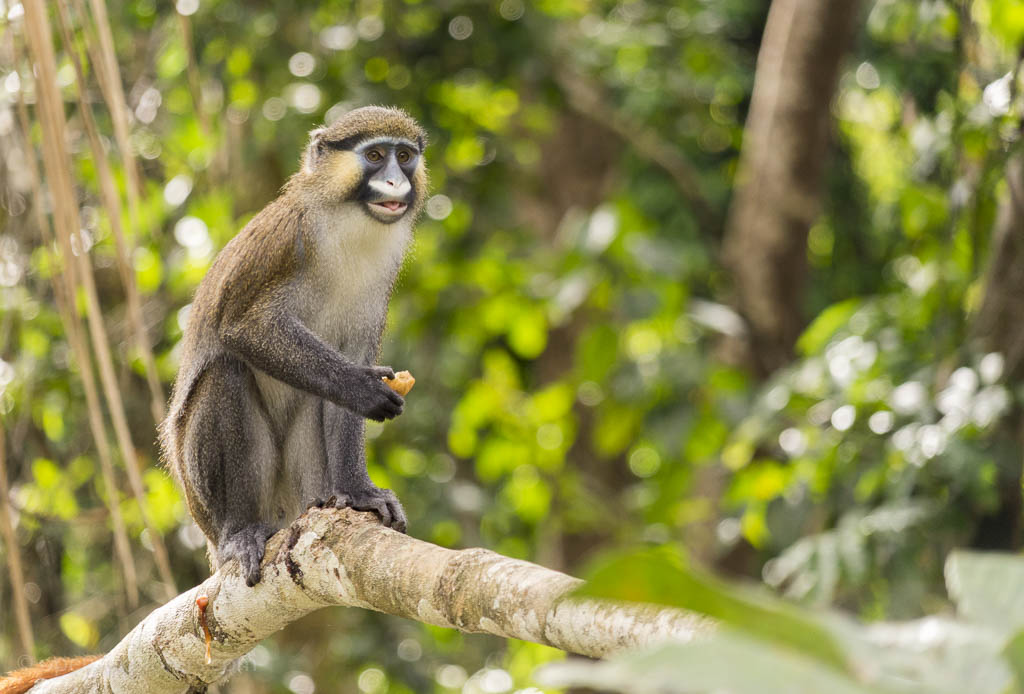
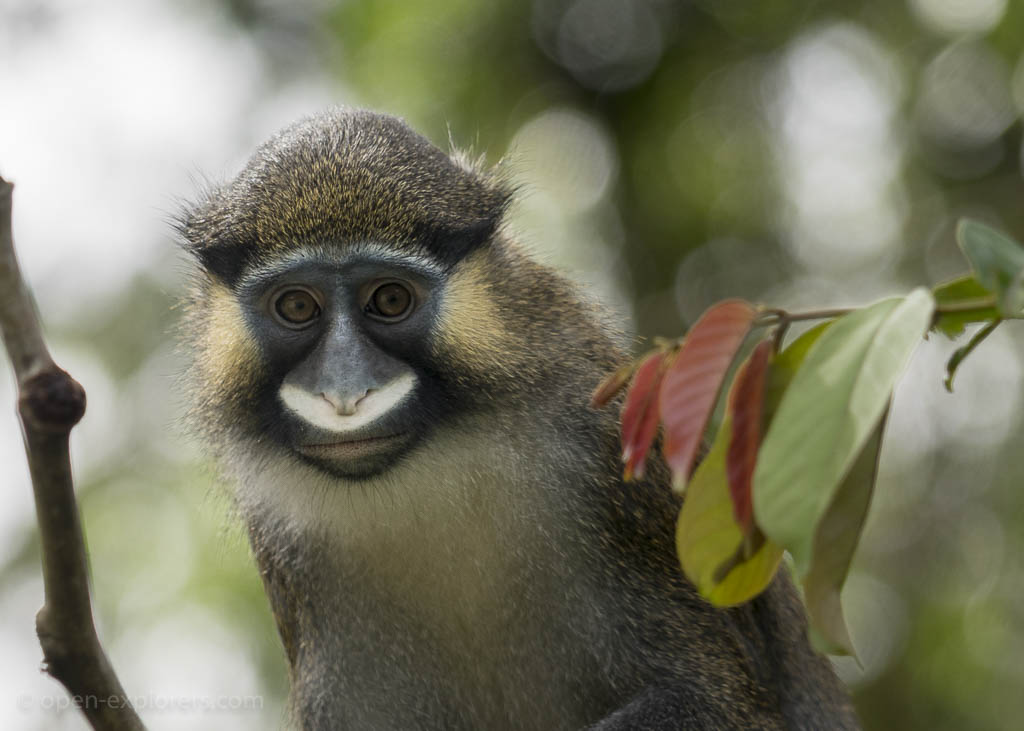
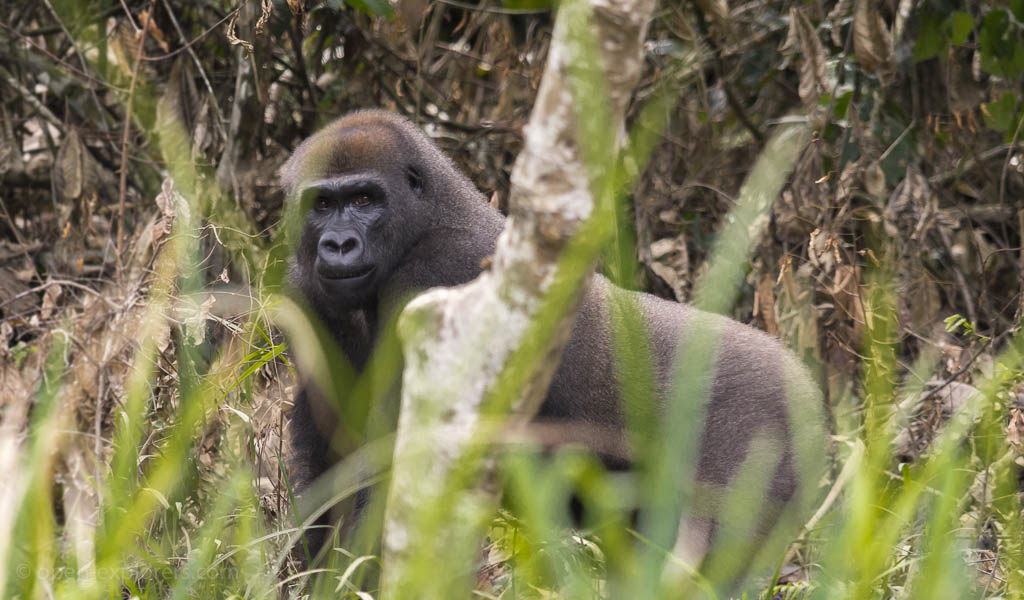
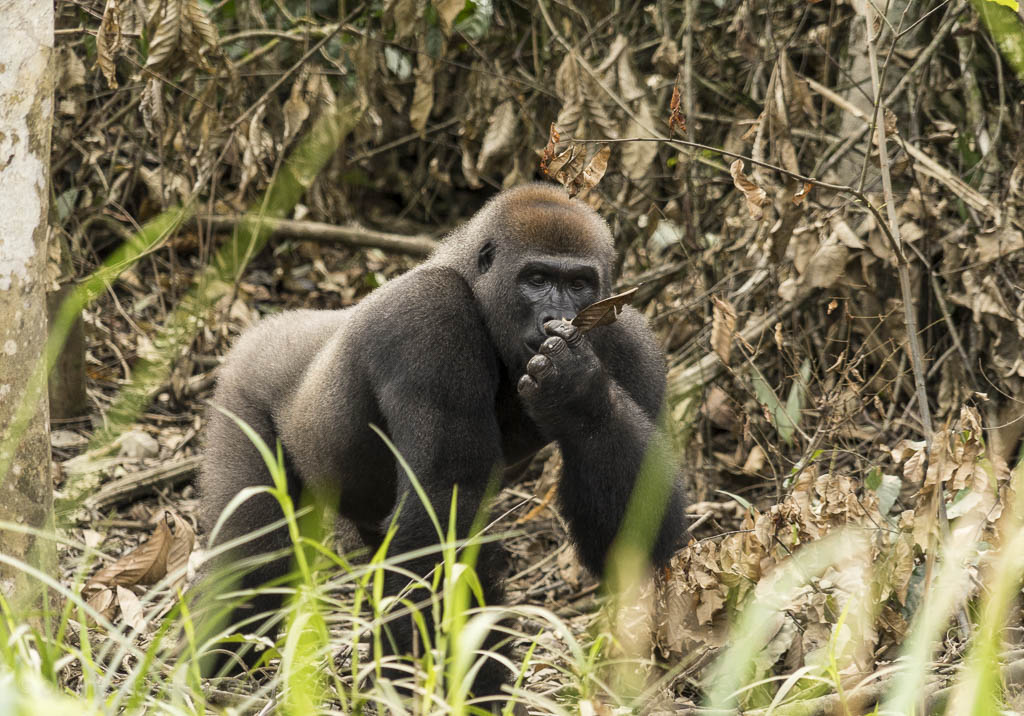
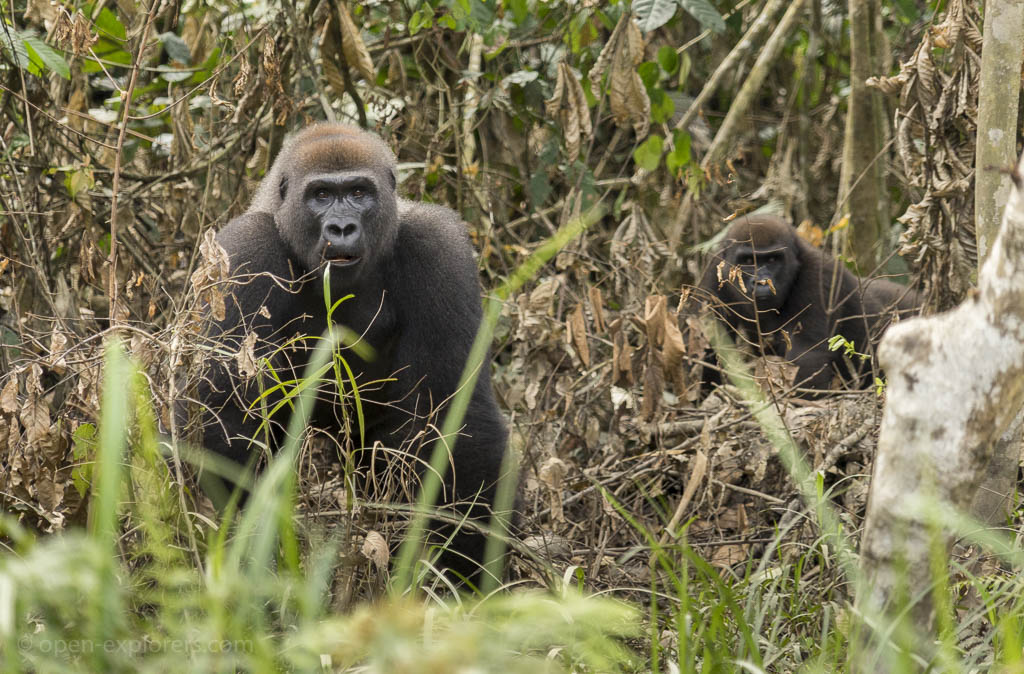
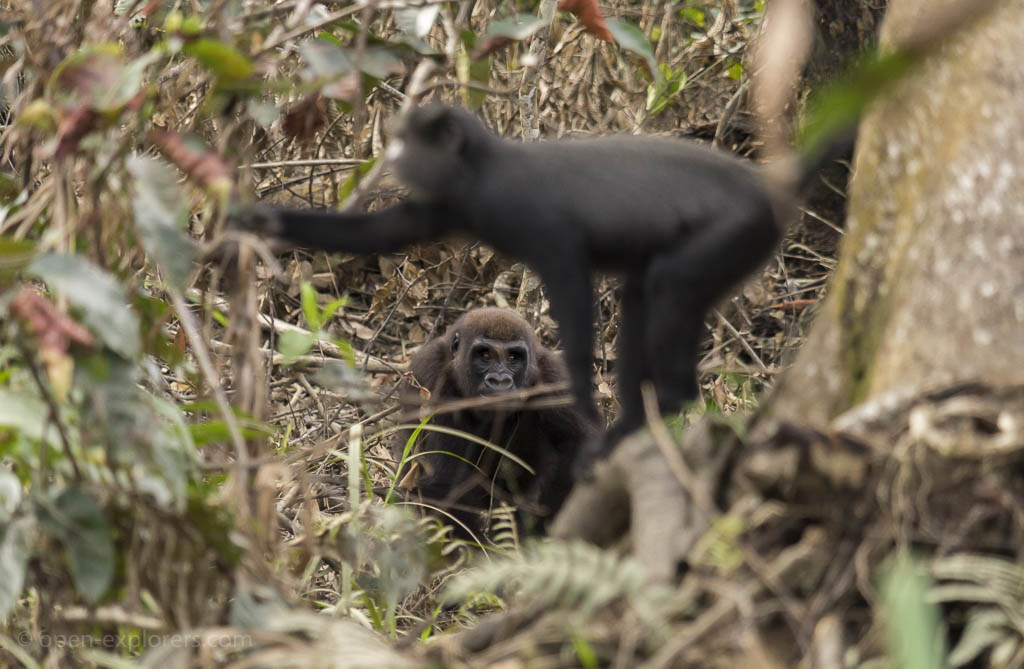
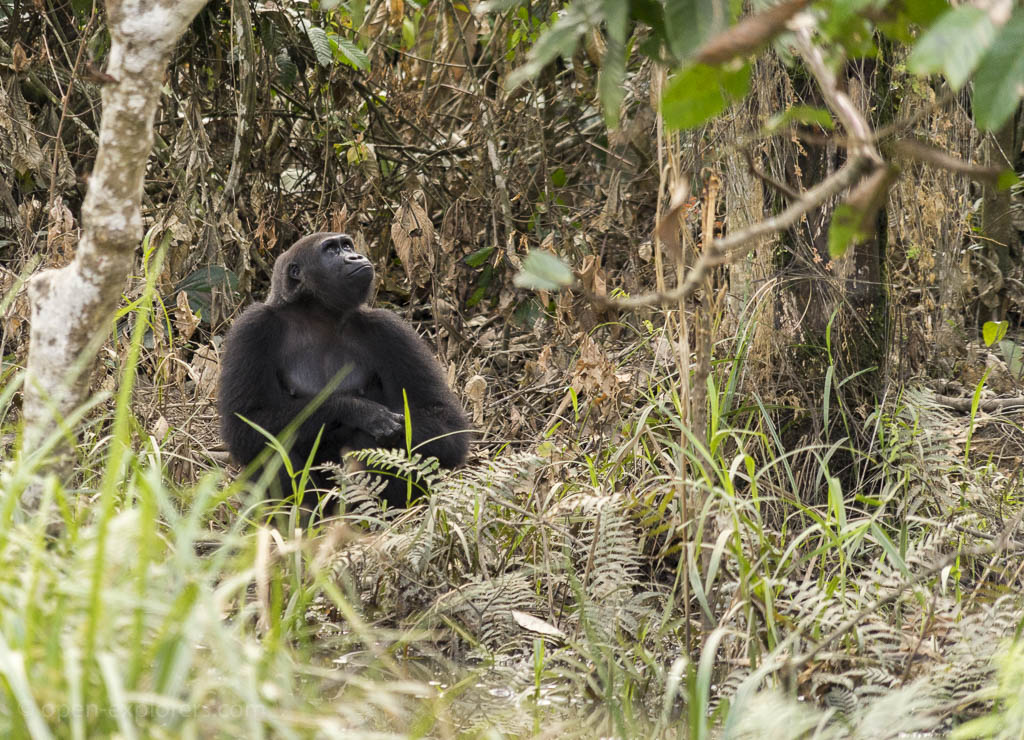
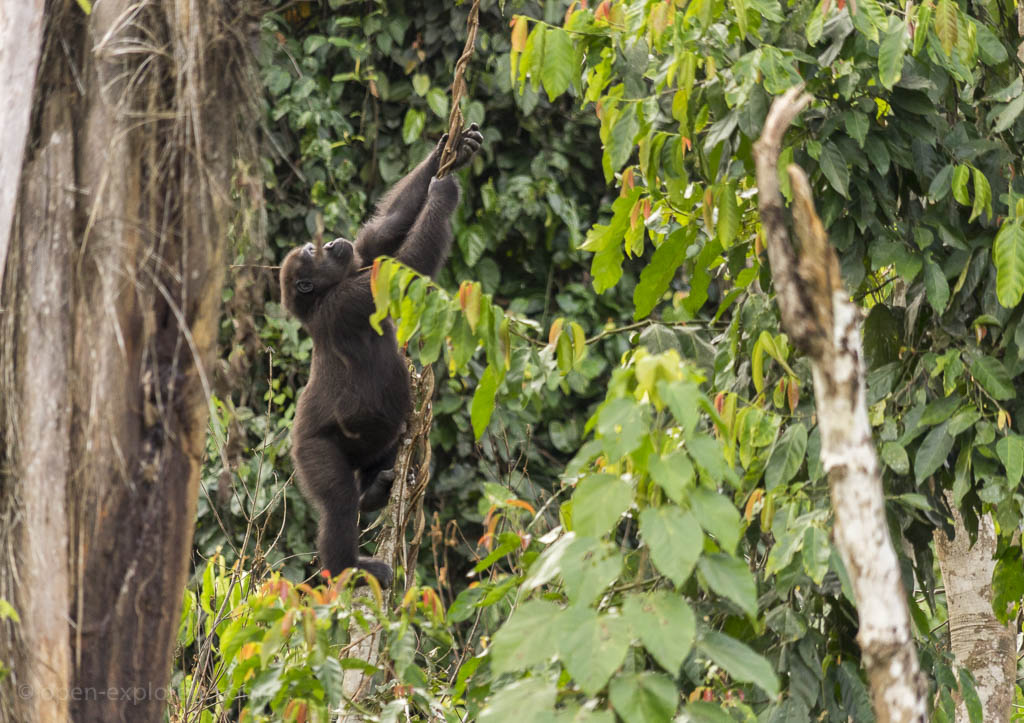
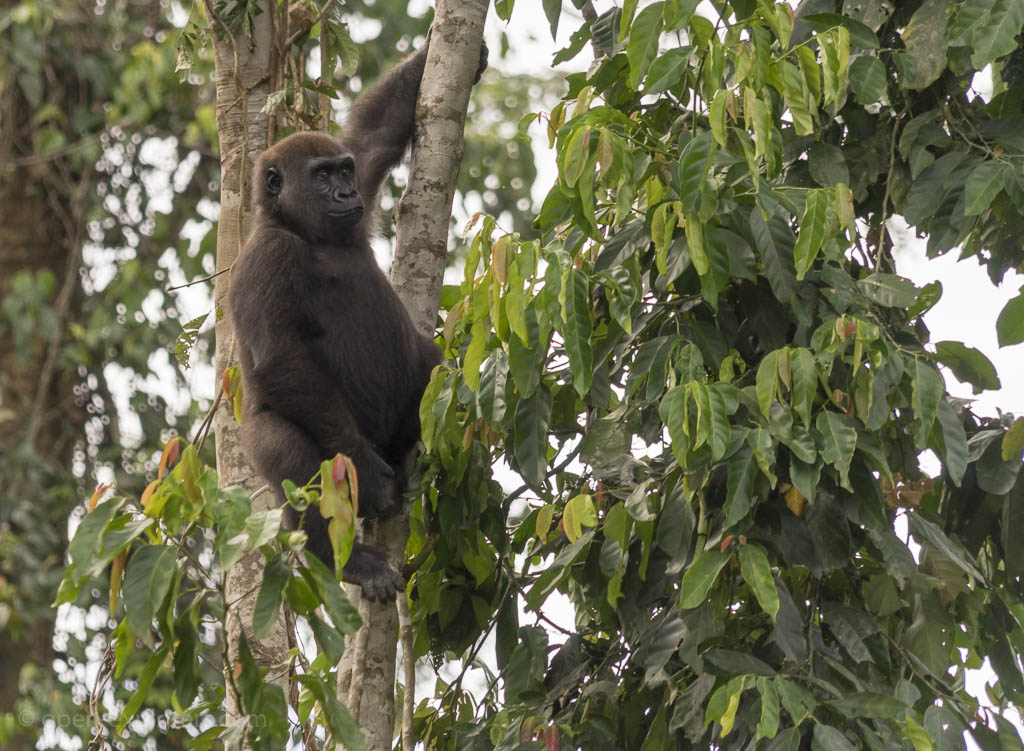
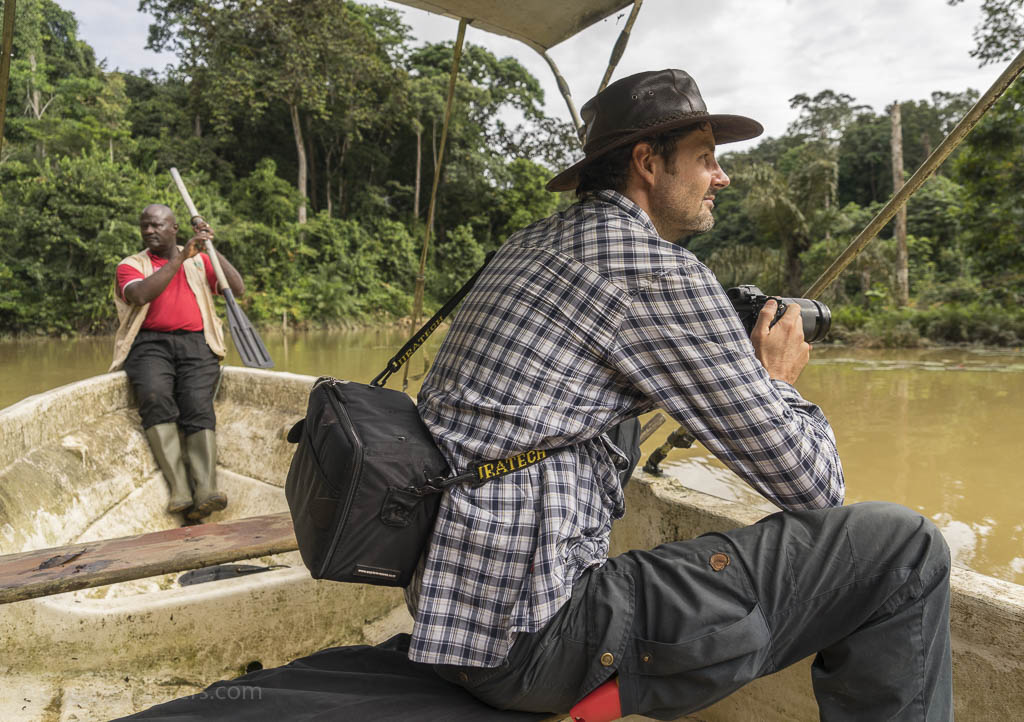
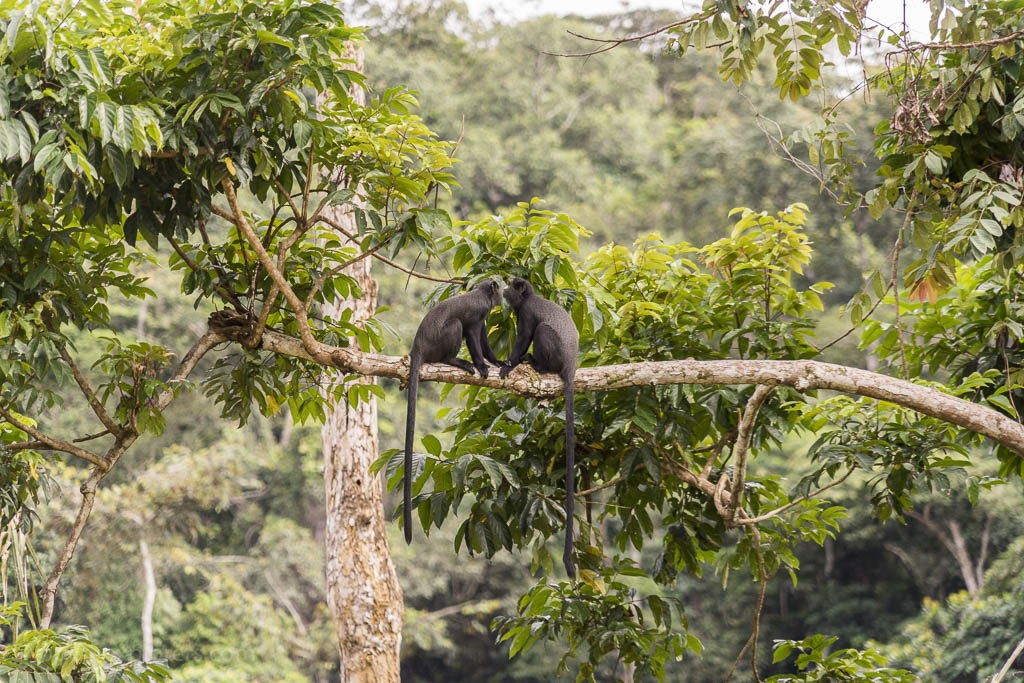
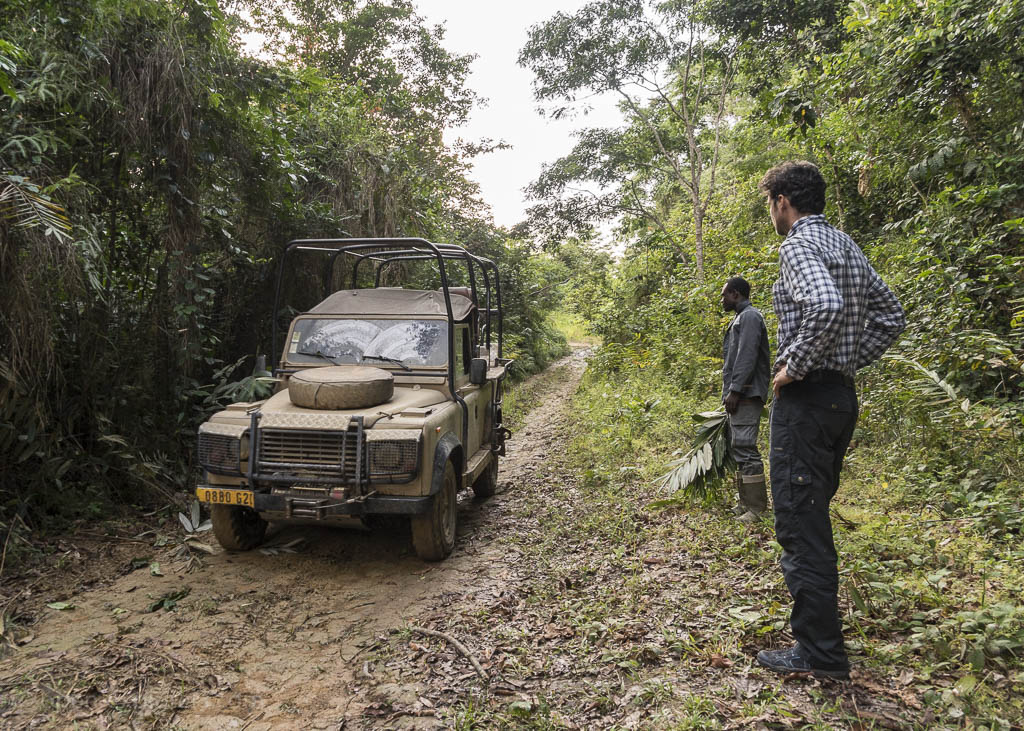
Day 3 - long drive to find the mandrills just before their bedtime (or maybe treetime)
Tag 3 - nach einer langen Fahrt haben wir die Mandrills noch kurz vor ihrer Schlafenszeit gefunden
